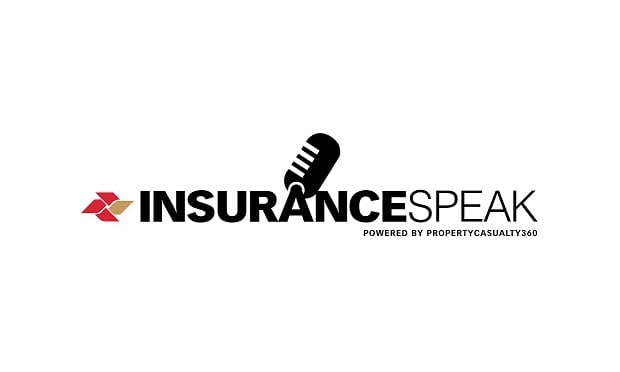While insurance brokers say they are starting to detect signs of firming in the commercial insurance marketplace, buyers on average are still seeing premium rates decline. At the same time, some intermediaries expressed concern that the ongoing economic crisis could undercut any benefits they would normally see on their top- and bottom lines once prices do begin to rebound significantly.
 One of the earliest warnings on this latter point was issued at the beginning of the year by Brian Duperreault, president and chief executive officer of Marsh & McLennan Companies.
One of the earliest warnings on this latter point was issued at the beginning of the year by Brian Duperreault, president and chief executive officer of Marsh & McLennan Companies.
Speaking at the annual joint meeting of the Association of Professional Insurance Women and the New York Chapter of CPCU in early January, he said that while there are indications of hardening in the insurance market, brokers may not necessarily see the usual benefits of it in terms of higher revenue and bigger profits.
Recommended For You
Want to continue reading?
Become a Free PropertyCasualty360 Digital Reader
Your access to unlimited PropertyCasualty360 content isn’t changing.
Once you are an ALM digital member, you’ll receive:
- Breaking insurance news and analysis, on-site and via our newsletters and custom alerts
- Weekly Insurance Speak podcast featuring exclusive interviews with industry leaders
- Educational webcasts, white papers, and ebooks from industry thought leaders
- Critical converage of the employee benefits and financial advisory markets on our other ALM sites, BenefitsPRO and ThinkAdvisor
Already have an account? Sign In Now
© 2025 ALM Global, LLC, All Rights Reserved. Request academic re-use from www.copyright.com. All other uses, submit a request to [email protected]. For more information visit Asset & Logo Licensing.








